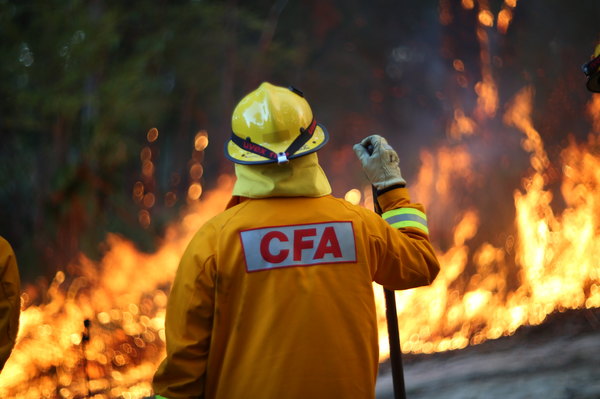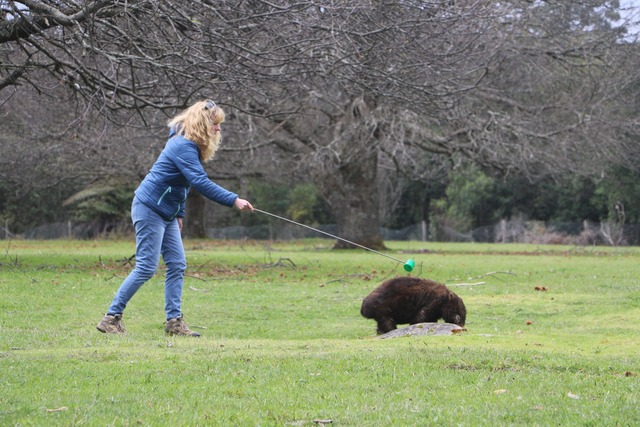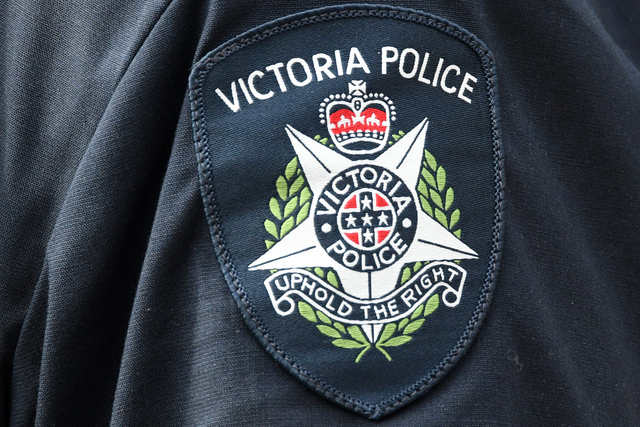A bushfire at Silvan reservoir on 21 November was quickly brought under control thanks to a planned burn that took place three years ago.
In 2016, a planned burn of about 110 hectares was undertaken in the south-west corner of Silvan reservoir, after it was placed in the top 10 per cent for risk reduction in the East Central area.
The planned burn took a week to complete and covered Monbulk in smoke and dead embers for much of this time.
Though, it was understood that this location was critical for the protection of Monbulk and the reservoir, and that the steep slope would act as an ember launch if it ever caught fire.
According to DELWP, the planned burn in 2016 was north of the Monbulk township and at that time the bush was a mixture of shrubby foothills forest and damp forest with a large number of Stringybark trees.
Fast forward three years and that planned burning proved vital, when on 21 November 2019, there was a lightning strike at Silvan resulting in a bushfire.
The fire burned two hectares of bush before it was quickly brought under control.
Chris Eagle, Deputy Chief Fire Officer told the Mail that thanks to the planned burn three years before, crews were able to get the fire under control relatively quickly.
“When dry lightning started a bushfire in the Silvan Reservoir catchment on Thursday 21 November, Forest Fire Management Victoria crews were able to swiftly bring it under control because planned burning in 2016 had reduced highly flammable fuels such as bark, Mr Eagle said.
“The planned burns were undertaken in 2016 by Melbourne Water with help from CFA and FFMVic.”
He said spotting was minimal and that if the area had not been burnt, the spotting would have impacted the igloos and made suppression much more difficult.
“Despite the exceptionally windy conditions, the effect of the planned burning resulted in decreased flame heights and prevented the fire from climbing trees and creating spotting issues.”
“This reduced fire intensity and allowed crews to limit the burn to 2 hectares which prevented the fire from impacting the reservoir catchment and endangering the Monbulk community.”







